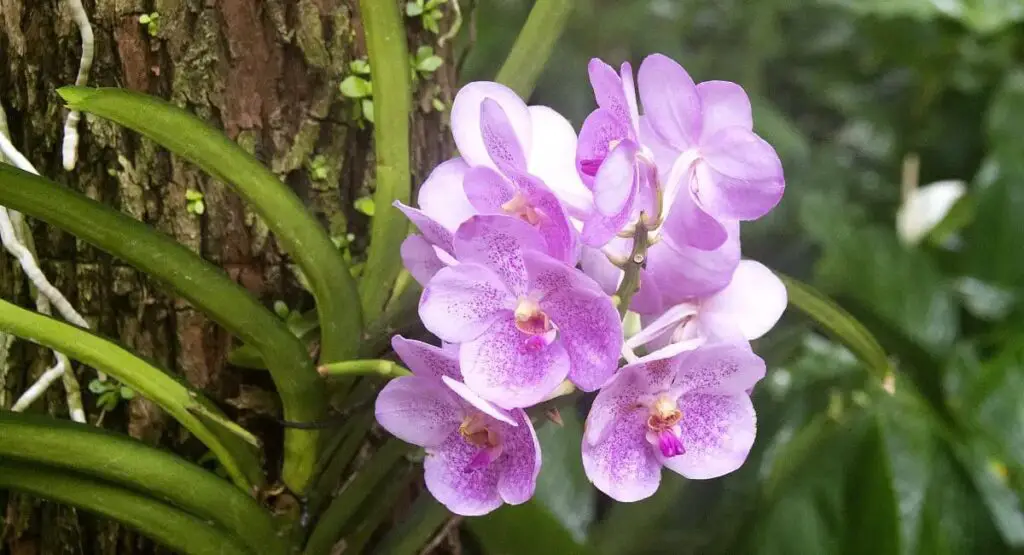Orchids are renowned for their delicate beauty and exotic appeal, but their role in ecosystems extends far beyond their visual splendor. As one of the largest and most diverse flowering plant families, orchids are integral to the environmental health and ecological balance of many habitats. They are pivotal in the pollination processes, contribute to the biodiversity of the regions they inhabit, and serve as indicators of environmental changes.
Ecological Significance of Orchids
Orchids are not merely floral decorations; they are a cornerstone of their ecosystems. These plants engage in highly specialized relationships with their pollinators and the surrounding flora and fauna. Many orchid species have evolved intricate mechanisms to ensure effective pollination, often involving specific insects or birds that can navigate their complex flower structures. This specialization helps maintain high levels of local biodiversity, as each orchid species may support a different set of organisms.
Orchids and Biodiversity
In terms of biodiversity, orchids are champions. They occur in nearly every habitat type from rain forests to arctic tundras, adapting incredibly to their environments. Each species has developed unique strategies to not only survive but thrive under different conditions. For instance, some have become epiphytes living on trees, absorbing moisture and nutrients from the air and decomposing materials around their roots. This ability to exploit various ecological niches contributes significantly to the richness and complexity of ecosystems.
Pollination Strategies and Mutualism
One of the most fascinating aspects of orchids is their pollination strategies. Orchids often mimic the appearance and scent of female insects to attract male pollinators, a strategy known as sexual deception. This method ensures that the orchid is pollinated efficiently, as the deceived insect visits multiple flowers in its attempts to find a mate, unknowingly transferring pollen as it goes. This type of mutualism is essential for the reproduction of orchids and the survival of many insect species whose life cycles may depend on specific orchid varieties.
Orchids as Bioindicators
Orchids also serve as bioindicators, signaling the health of an ecosystem. Their sensitivity to changes in air quality, soil health, and water availability makes them excellent monitors of environmental conditions. Conservationists often use the presence and health of orchid populations as a guide for ecological conservation efforts. Protecting orchids can often mean preserving entire ecosystems, which are crucial for global biodiversity and the stability of local environments.
Conservation Challenges
Despite their importance, orchids face numerous threats from habitat loss, climate change, and illegal collection. Conservation efforts are crucial to safeguard these botanical treasures. Protecting orchids involves preserving the wide array of organisms they interact with and the habitats they depend on. This holistic approach is vital for maintaining ecological balance and ensuring that ecosystems continue to function effectively.
Orchids in Human Culture
Beyond their ecological roles, orchids have a profound impact on human cultures around the world. They are a symbol of beauty, luxury, and mystique, contributing significantly to the horticultural industry and eco-tourism. The fascination with orchids has led to significant botanical research, which has improved our understanding of plant biology and ecology.
Implications for Environmental Stewardship
The study of orchids extends into important lessons in environmental stewardship. By understanding and appreciating the role of orchids in ecosystems, we can better appreciate the interconnectedness of nature. This awareness is crucial in motivating both local and global efforts to preserve our natural heritage.
Conclusion
Orchids are much more than aesthetically pleasing plants; they are a fundamental part of the ecosystems they inhabit. Their ecological roles as pollinators, contributors to biodiversity, and environmental indicators highlight their importance in natural and human-modified landscapes. By protecting orchids, we are not just saving beautiful flowers; we are preserving intricate ecosystems that sustain life on Earth.


